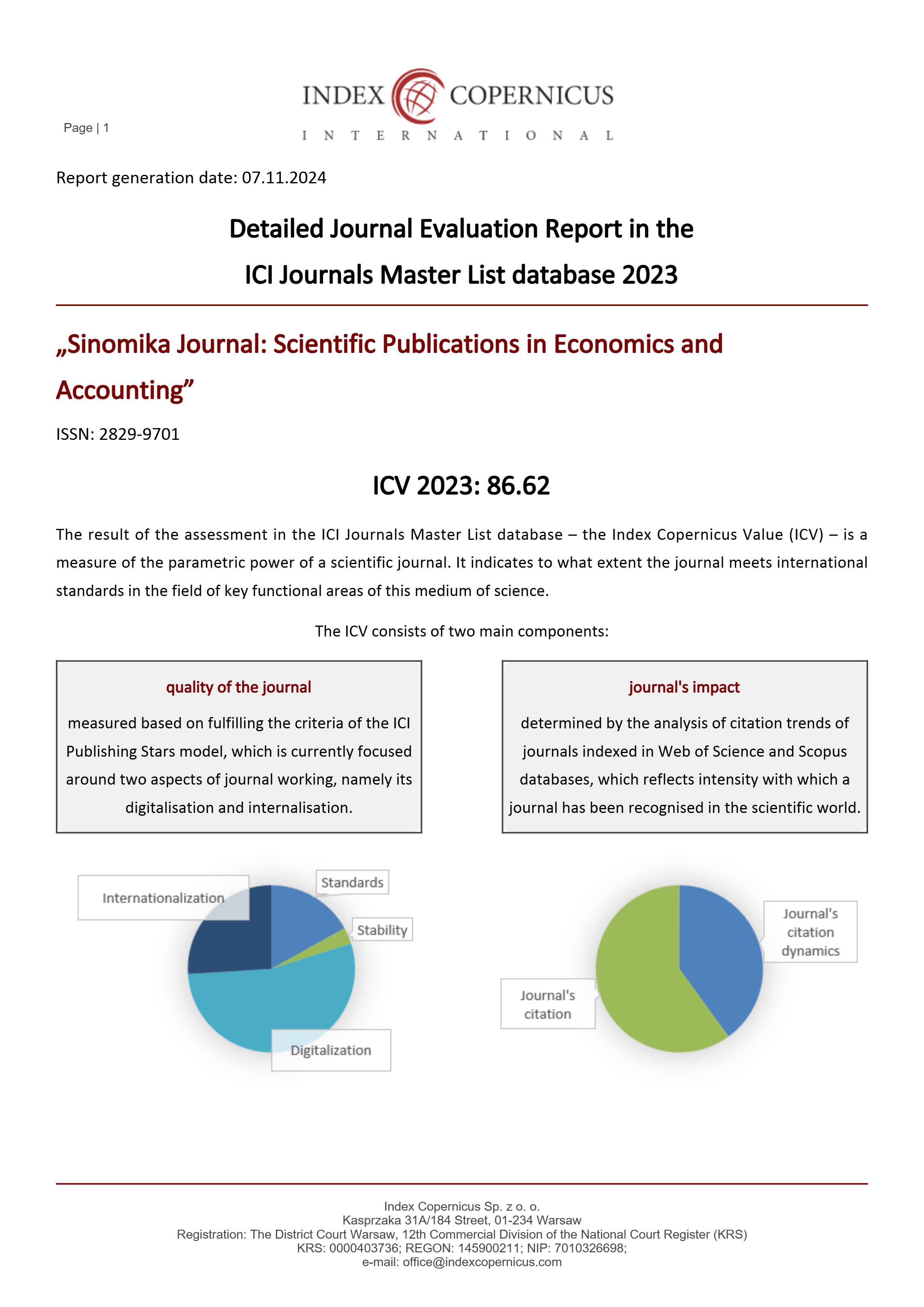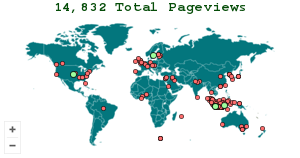Pengaruh Tingkat Perputaran Kas Terhadap Nilai Rentabilitas
DOI:
https://doi.org/10.54443/sinomika.v2i1.1184Keywords:
Cash turnover, Efisiensi, Profitability, Analisis regresiAbstract
Cash turnover is a measure of efficiency in the use of cash by a company. The cash turnover rate describes the speed of cash flow, the return of cash that has been invested in working capital. In measuring the level of cash turnover that has been embedded in working capital is derived from the company's operational activities. The research method used in this study is regression analysis on the financial data of companies listed on the capital market. In addition to the cash turnover rate, control variables such as company size, leverage, and sales growth are also included in the analysis to gain a more comprehensive understanding. This study aims to investigate the effect of the level of cash turnover on the profitability of a company. The level of cash turnover is considered an important indicator in measuring the efficiency of financial management, while the value of profitability reflects the profits generated by the company from the investments made. The results of this research show that there is a positive relationship between the level of cash turnover and profitability. In other words, when the cash turnover rate increases, the value of profitability also tends to increase
Downloads
References
Anwar, M. 2019. Dasar-dasar Manajemen Keuangan Perusahaan. Jakarta: Kencana.
Damayanti, N. W., & Surya, I. G. N. A. M. (2017). Pengaruh perputaran kas, perputaran piutang, dan perputaran persediaan terhadap profitabilitas perusahaan manufaktur yang terdaftar di Bursa Efek Indonesia. Jurnal Akuntansi, 21(1), 35-47.
Darmawan, Dr. (2020). Dasar-dasar Memahami Rasio dan Laporan Keuangan. UNY Press.
Erlanda, T. (2021). Analisis Efisien Modal Kerja dan Pengaruhnya Terhadap Rentabilitas Ekonomi pada Pusat Koperasi Pegawai Republik Indonesia.
Fitriani, E., & Sari, N. P. (2022). Pengaruh Perputaran Kas dan Piutang terhadap Rentabilitas Ekonomi (Studi Kasus pada PT Sampoerna Tbk yang terdaftar di Bursa Efek Indonesia Periode 2007-2017). Jurnal Ilmiah Mahasiswa FEB, 11(1), 1-12.
Gitman, L. J., & Zutter, C. J. (2015). Principles of Managerial Finance, Brief. Pearson.
Hadinata, N. P. T., & Wirawati, N. G. P. (2016). Pengaruh tingkat perputaran kas, perputaran piutang, likuiditas, dan pertumbuhan koperasi pada rentabilitas ekonomi. E-Jurnal Akuntansi, 14(2), 1034-1063.
Ina Monika & Ruzikna. Pengaruh Manajemen Modal Kerja Terhadap Profitabilitas Pada Perusahaan Keramik Porselin dan Kaca Listing Di Bursa Efek Indonesia Periode 2009-2014. Jurnal Online Mahasiswa Fakultas Ilmu Sosial dan Ilmu Politik. Vol.4, No.2 Oktober 2017.
Jaya, I. K. N. A., Dewi, I. A. U., & Mahendra, G. S. (2022). Implementation of Wireshark Application in Data Security Analysis on LMS Website. Journal of Computer Networks, Architecture and High Performance Computing, 4(1), 79-86. https://doi.org/10.47709/cnahpc.v4i1.1345.
Kasmir, 2019.Analisis Laporan Keuangan, edisiRevisi, Cetakan 12, PT Raja GrafindoPersada :Jakarta.
Santoso, C. E. (2019). Perputaran modal kerja dan perputaran piutang pengaruhnya terhadap profitabilitas pada PT. Pegadaian (PERSERO). Jurnal Ilmiah Mahasiswa FEB, 2(1), 1-10.
Tandelin Eduardus. 2017. Pasar Modal: Manajemen Portofolio Dan Investasi. Yogyakarta: PT Kanisius.
Wijaya, T., & Sari, D. P. (2020). Pengaruh Rasio Lancar, Perputaran Kas, dan Perputaran Persediaan terhadap Profitabilitas pada Subsektor Food dan Beverages. Jurnal Akuntansi dan Keuangan, 22(2), 1-13.
Wirasari, K. A., & Sari, D. P. (2023). Pengaruh Perputaran Kas, Perputaran Piutang, dan Perputaran Persediaan Terhadap Profitabilitas: Studi Empiris Pada Perusahaan Manufaktur Sektor Barang Konsumsi yang Terdaftar di Bursa Efek Indonesia (BEI). Jurnal Akuntansi dan Keuangan, 25(1), 1-13.
Wirasari, K. A., & Sari, N. P. (2016). Pengaruh Perputaran Modal Kerja, Leverage, Tingkat Perputaran Kas, dan Pertumbuhan Perusahaan Pada Rentabilitas Ekonomi. Jurnal Ilmiah Mahasiswa FEB, 5(1), 1-12.
Downloads
Published
How to Cite
Issue
Section
License
Copyright (c) 2023 Nurma Tambunan, Anita Wanevi, Annisa Cahya Kusumawati, Dina Adeliana, Hani Luthfiatuzzahro, Habibi Rahman, Rico Batistuta Fauzi, Siti Fatimah

This work is licensed under a Creative Commons Attribution 4.0 International License.

























